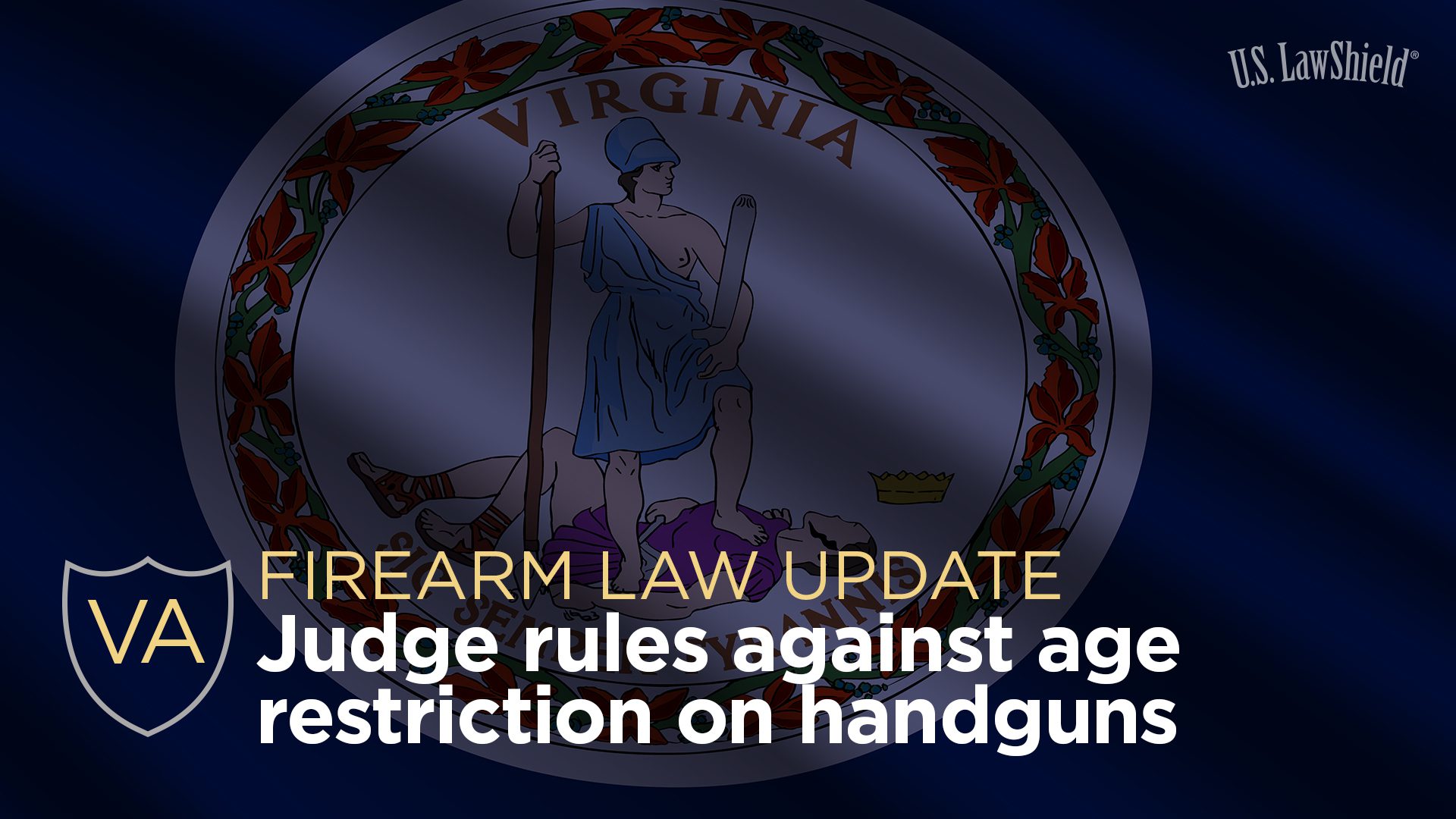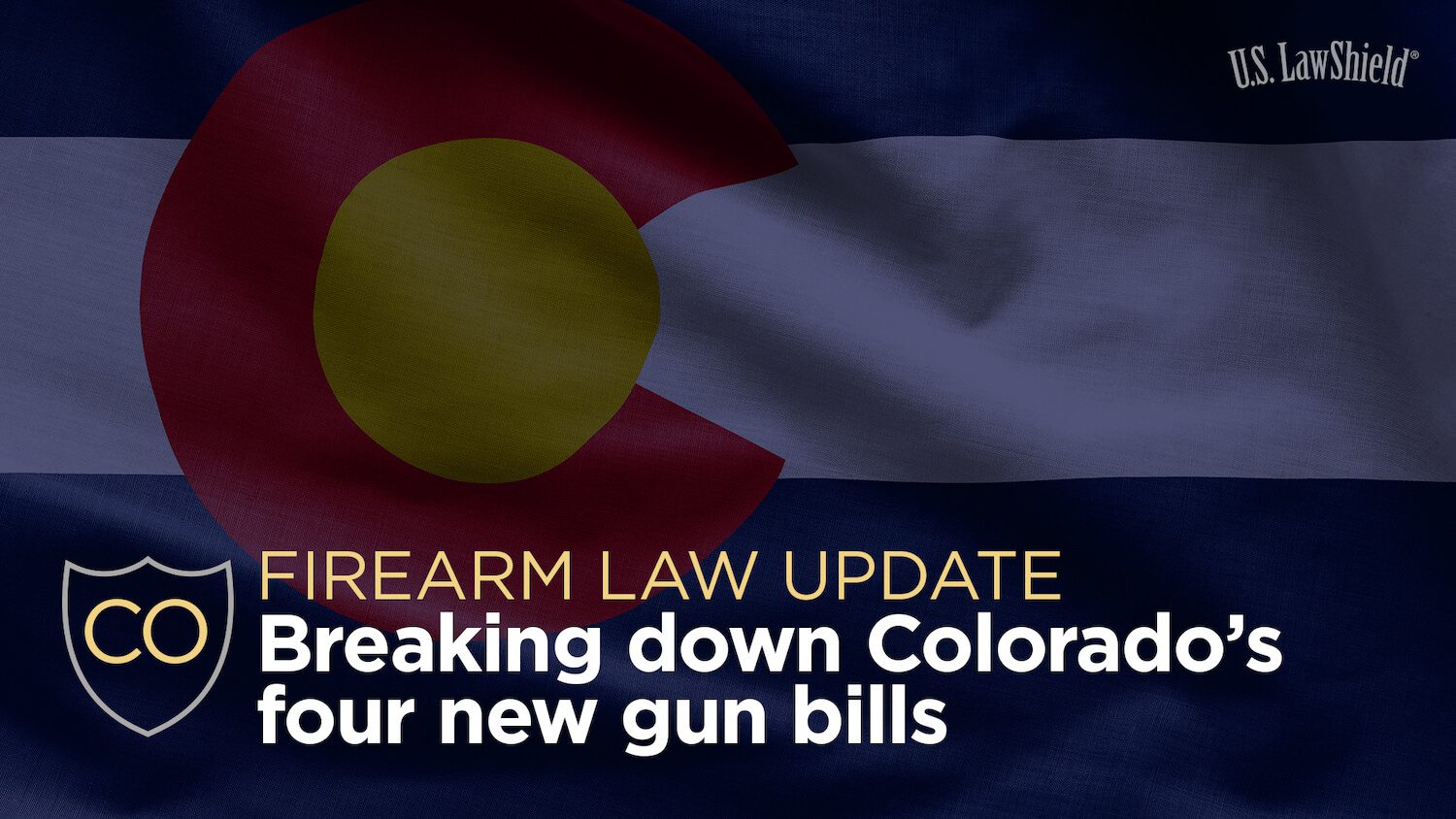In our last newsletter, we shared three real-life stories of people fighting off a wild bear attack. These scenarios beg the question: How can a person legally defend themselves against an attacking animal?
We asked your Independent Program Attorney to answer this question for you, so you will know what to do if you are attacked by an animal.
These sort of vicious animal attacks happen very rarely in the Sooner State, however, there have been reported cases of bears in the eastern part of the state and cougars in the western part of the state and mountain lions in the southern part. What can you do to stop them before they get you? The answer, from a legal perspective, is more complicated than you would think. If you look through Oklahoma statutes, there is no place to find a comprehensive wild animal vs. man answer. Animals, domestic, and wild, tame, or caged and subjugated, are discussed in various places in the common law and statutes. However, it would be nice if the legislature had written one clear and comprehensive statute addressing the issue of the use of defensive deadly force against animals, but as it now stands we must look to case law and some statutes to bring a semblance of order to a difficult question.
Oklahoma law prohibits the use of deadly force against animals classified as any animal in subjugation or captivity, whether wild or tame, … or in any way further any act of cruelty to any animal, or any act tending to produce such cruelty, 21 O.S. section 1685, acts of cruelty to animals. Thus, an escaped lion, tiger or bear is protected by statute from a human using deadly force on the animal, just as if the wild animal was a domesticated cat or dog. The legislature has protected all animals from acts of cruelty, such as shooting them, unless a, person who discharged the firearm had a reasonable fear of bodily injury to the person by an animal, see Grizzle v. State, 707 P.2d 1210, 1213 (Okl. Cr. 1985).
In the case of an animal attacking a human, the Court of Criminal Appeals fashioned a defense to the charge of animal cruelty when using deadly force against an animal attack. The reasonable man standard is a defense to the charge of cruelty to animals as found in the Grizzle case, “It is a defense to the prosecution under this section that: the actor had a reasonable fear of bodily injury to the actor or to another person by an animal.
The defense found in the Grizzle case is based upon threatened harm by the animal, that the animals actions led a person to reasonably believe the seriousness of the threatened harm; that the person reasonably believed that the harm could only be preventy by immediate destruction/injury of the animal; and that the person’s force used to stop the attack was proportionate and reasonable to the kind and amount of danger presented by the animal.
Because the Oklahoma Statutes do not specify a particular wild animal species as being notoriously dangerous, such as bears, cougars, panthers, mountain lions, wolves, tigers, or circus animals, the case law says all animals. A coyote, bobcat, rattlesnake, wolverine, badger, raccoon, skunk, armadillo or other animal could be very dangerous when cornered or accidentally encountered in an attic or basement.
Thus, the few Oklahoma Statutes and case law refer to all animals.
It is not likely that we will ever have the opportunity to be confronted with a deadly scenario dealing with a “dangerous wild animal” or other non-native wild animal, however, the real possibility exists that we could be in a position to face a dangerous domestic animal or an angry farm animal. There is nothing like facing a raging bull or bucking bronc in an enclosed area.
What happens in this situation? The Oklahoma case law allows the use of deadly force against all animals, from a copperhead to a turkey buzzard. Wild, domestic or tame, if the animal turns against a human, then the human can use reasonable force to protect him or herself.
Self-defense, against animals is specifically authorized in the Grizzle case, and Grizzle legalizes the use of deadly force in the interaction with animals. Thus, as with any self-defense case involving humans, your actions will be evaluated against those of a reasonable person. That is, the law will look at all of the circumstances surrounding the use of your firearm to see if a reasonable person would have acted the same way. So long as a reasonable person would have used deadly force to stop the attack, you should not be criminally liable for your actions.
Until now, we have been talking about Oklahoma law. What about federal law? The federal law has actually had the foresight to specifically provide that a person may kill an endangered animal in self-defense, such as the regulations concerning the Mexican Wolf in 50 C.F.R. Sec. 17.84(k)(3)(xii), or the Grizzly Bear in 50 C.F.R. Sec. 17.40(b)(i)(B). Unlike the Oklahoma law, this makes the Federal law very specific. Therefore, if you are carrying your concealed handgun in a national park and you find yourself face to face with a Grizzly Bear, you can use your gun without fear of Federal prosecution. However, beware of Grizzly Bear prosecution with extreme prejudice.
To View the law for defense against animals in other states click on the state names below:




Leave A Comment